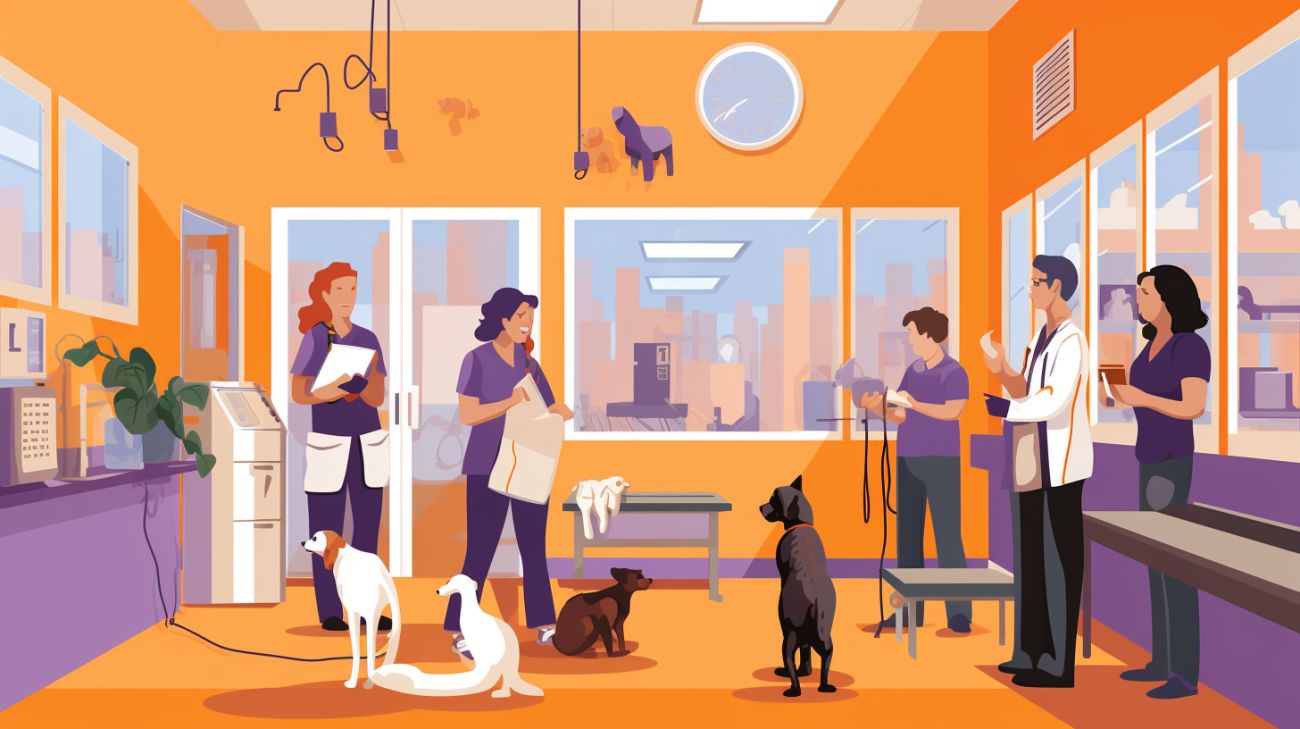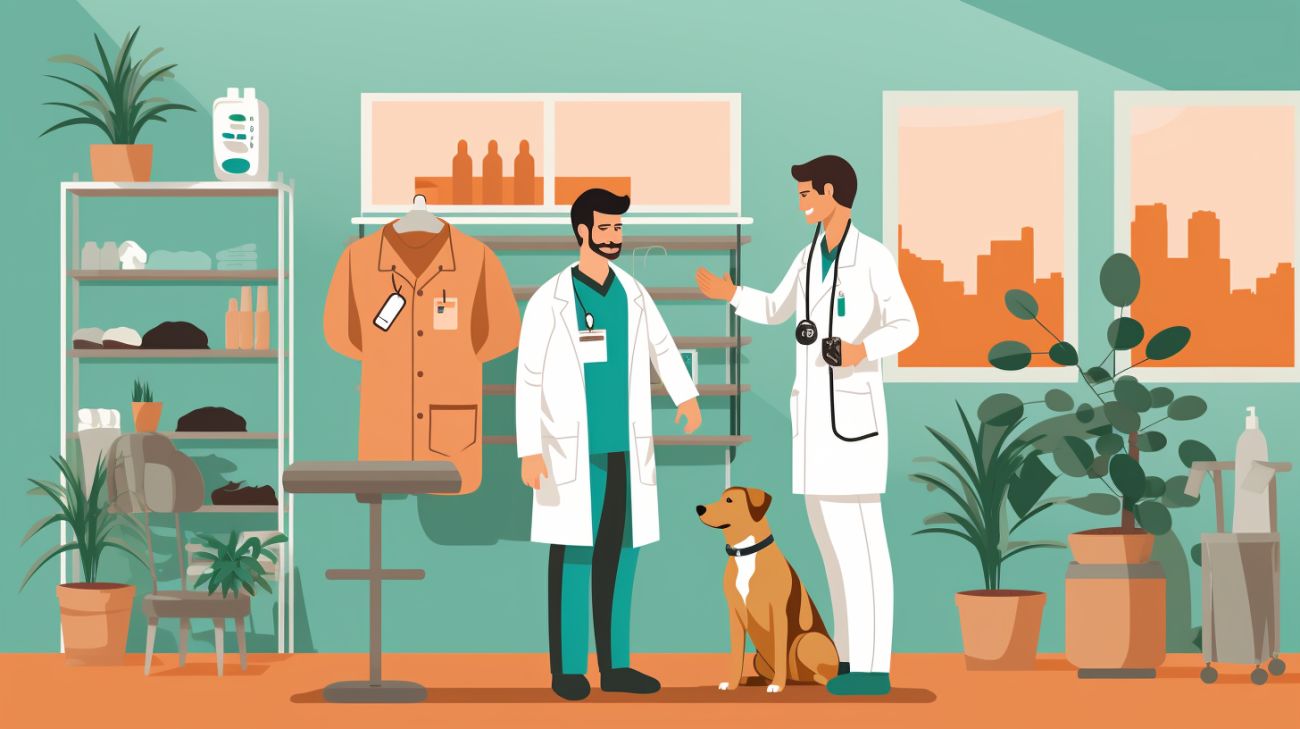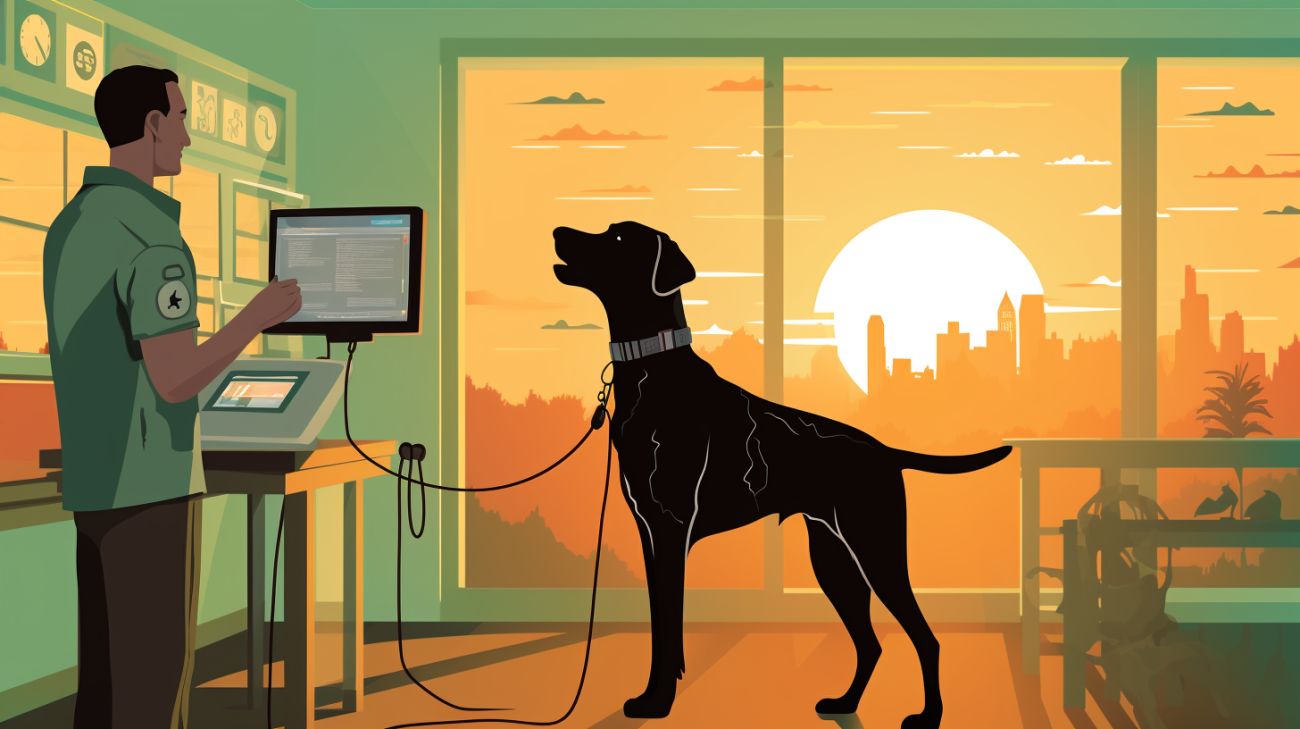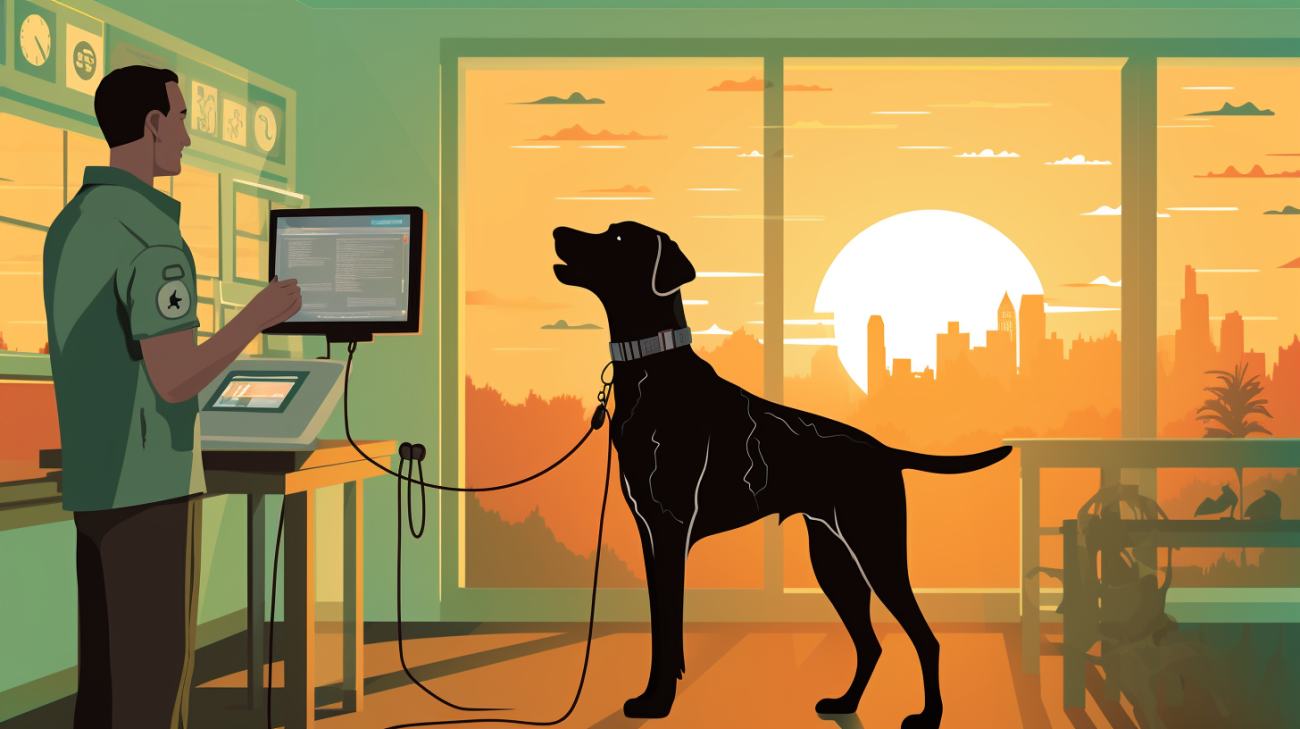Key takeaways
Coming across a lost dog can be a tricky situation. While you may want to treat it like any other pet, it's important you keep your composure and act safely and responsibly.
It's essential to be aware of the potential dangers that lost or stray dogs can pose before you act.
In this step-by-step guide, we'll talk you through exactly how to navigate the scenario in a way that will prioritize both your and the dog's well-being for a happy ending!
Quick Navigation
Step 1: Assess the situation
Is it safe?
**Area: **Your location plays an important part in the safety of the situation. Are you in a secluded area? Would you be able to get help if you needed it? Or are you by busy roads? Ideally, you'll be near a town or city where you'll be able to get help or advice if needed. If you are near busy roads, you could risk spooking the dog and causing it to run into traffic if you approach.
**Disease: **Some countries' wild animals are at risk of carrying rabies or other dangerous diseases that can be passed to humans through contact. Make sure your vaccinations are up to date and if you are in an area where rabies is prominent, don't approach them.
**Dog: **Observing the dog for a while before approaching will help you understand the situation. You'll be able to tell if they are injured, scared, angry, or confused and make decisions based on their interactions. After observation you should be able to tell if they are a lost pet, or a stray, and whether they may become aggressive.

Step 2: Report the dog
Contact your local animal shelter
**Assess its needs: **Professionals will check the dog over for any injuries or signs of infections or disease that will need treating. If it is a stray dog, this is an important step in getting it the help it needs to live a healthy life.
**Scan for a microchip: **If the dog is chipped, it indicates that it's most likely a lost pet. The chip will reveal the contact details of its owners, and the shelter will be able to make contact with them and let them know where their furry friend is. If the dog has been abandoned, they will most likely be put up for adoption.
**Compare it to a database of lost pets: **If there's no microchip, they can compare the dog's physical appearance and personality with their database of dogs reported missing by their owners.

Report the dog to a dog warden or animal rescue center
1.
Contact the local animal control office
2.
Give a full description of the dog you've found
3.
Give a full description of the area you are in
4.
Note any other observations about the pup
Contact the local vet
Description of the injury
Whether the dog is in pain or is actively bleeding or struggling to breath
Where you found the dog
The situation the dog was in when you found them
Physical description of the dog

Step 3: Take action
Take them to a rescue center or a veterinarian
**Use a blanket or towel: **It can make it a lot easier to pick up a dog and keep hold of them if you scoop them up with a big blanket or towel. Wrapping them up will not only make them feel more secure but will help you keep your grip if they start to wriggle or try to escape.
**Use a crate and cover it: **Ideally, you'll be able to use a humane trap or a dog crate to transport them. This will prevent any escape attempts and will make it easier to move them. Cover the crate with a blanket or towel to help keep them calm.
**Keep them secure: **If you are traveling in a car, it's best to keep them secure rather than letting them roam freely. While you may assume they will feel more calm without restrictions, it can actually make them feel more insecure and vulnerable.

Check if any pets are missing in the area
1.
**Leaflet around the neighborhood: **Creating posters with an image and description of the lost dog and your contact details and distributing them will increase the chances of the owners reuniting with them. Post them through front doors and pin them up on notice boards.
2.
**Check the PetRadar website: **The PetRadar website lists many lost animals that have been reported to them in your area. Check the site and see if you find a match. You'll then be able to report a sighting through the system, and we'll notify the owners instantly.
FAQs
What to do if you find a dog?
If you find a dog, report them straight away. Animal shelters and local veterinarians will be able to tell you what to do next.
What are the odds of finding a lost dog after 24 hours?
Over 90% of lost dogs are found, and the majority of them are found within the first 24 hours. This means you have a great chance of finding your missing canine companion.
How long before a stray dog is legally yours?
If a stray dog hasn't got a microchip and has been confirmed as a stray instead of a lost pet, you will be able to adopt them. However, laws differ in different countries, so make sure you double-check your area.
What to do with a random dog you've found?
If you've found a random dog that seems to be lost or homeless, report them to the local animal shelter. They'll be able to advise you on your next steps.
Can a dog be traced?
If your dog is microchipped, they can be tracked when they are scanned. Similarly, if they have a GPS attached to their collar, you'll be able to track them down in real time.
What determines ownership of a dog?
There is no set legal document that determines ownership of a dog. But if you have them microchipped, the contact details on the registry will be those of the owner.



